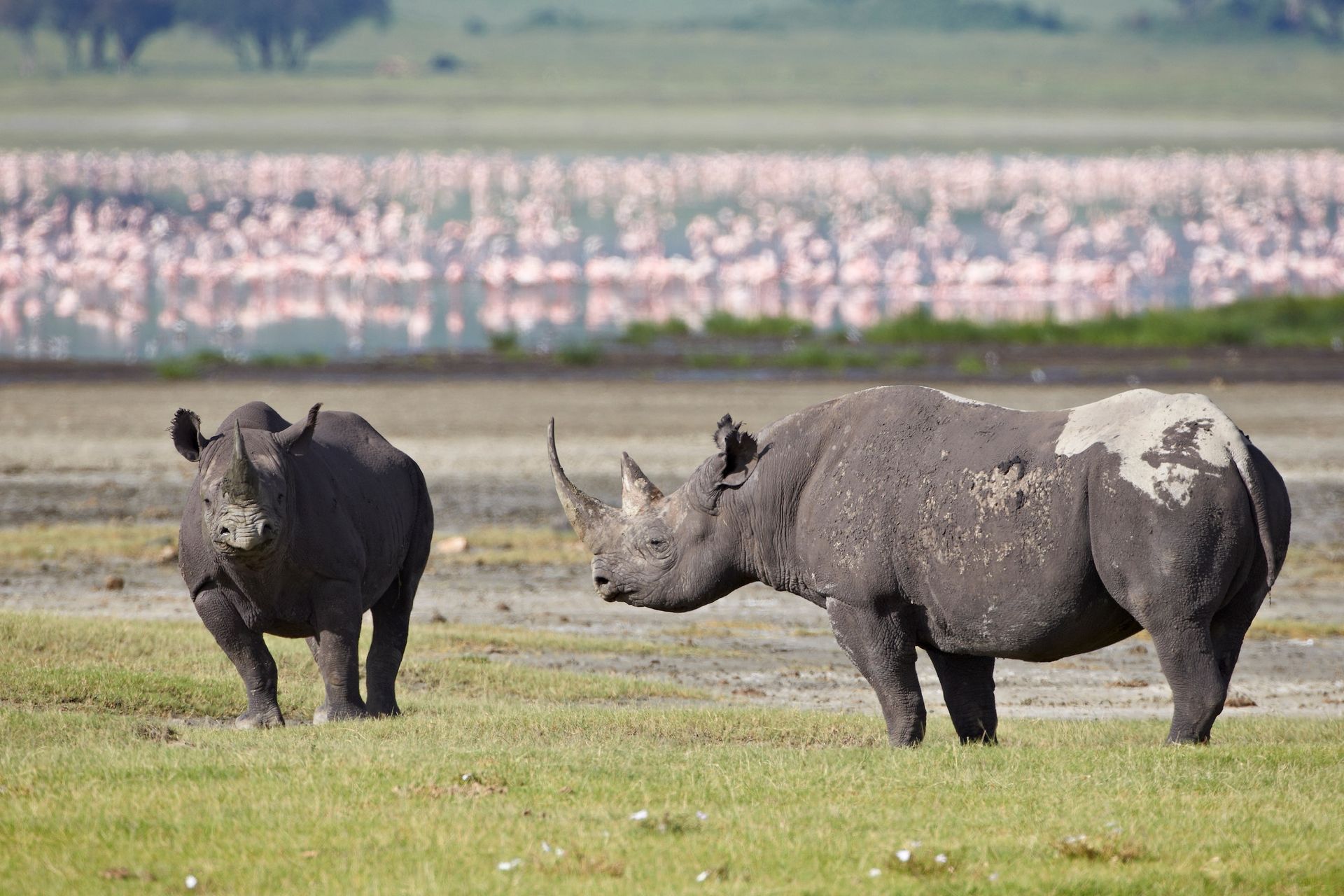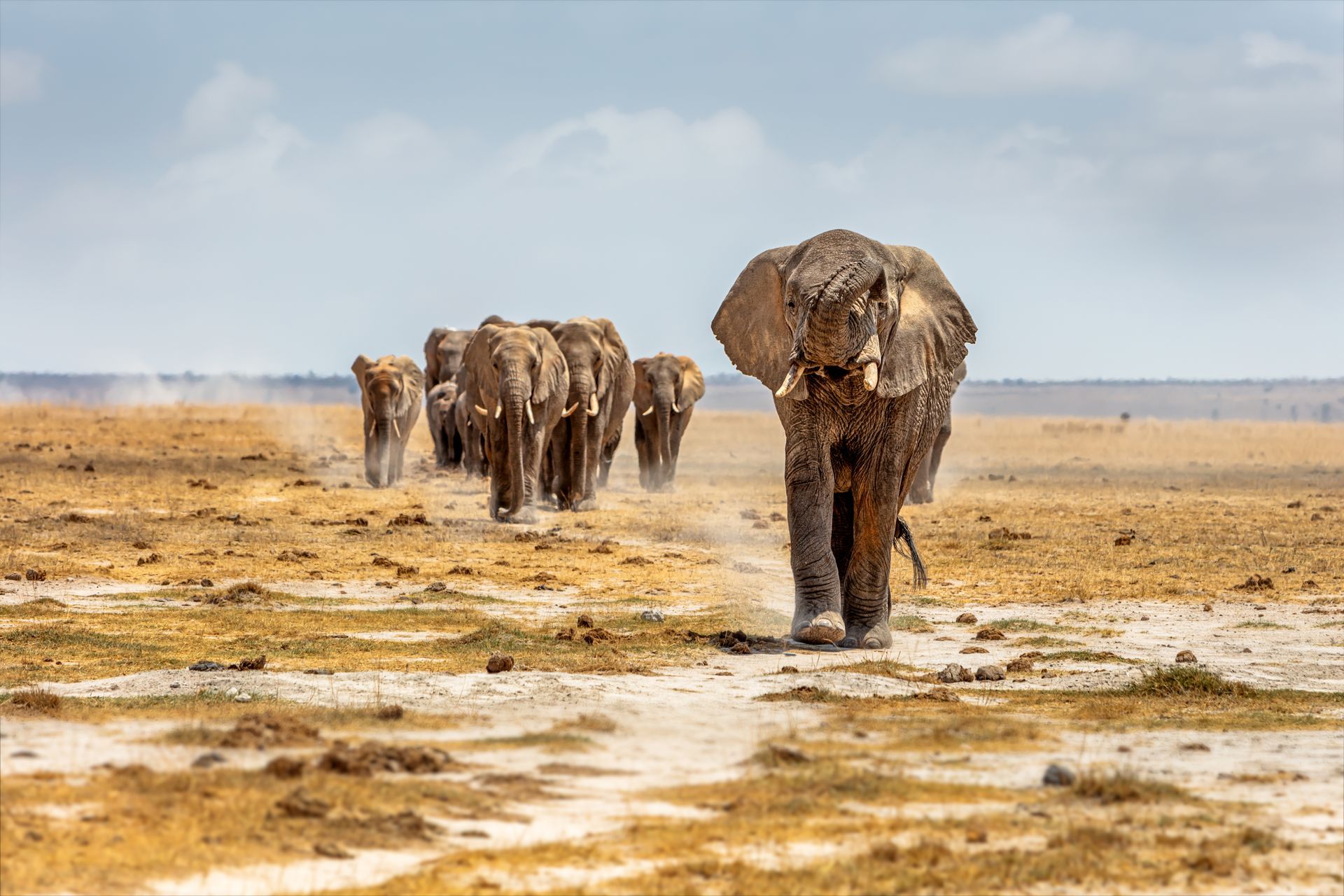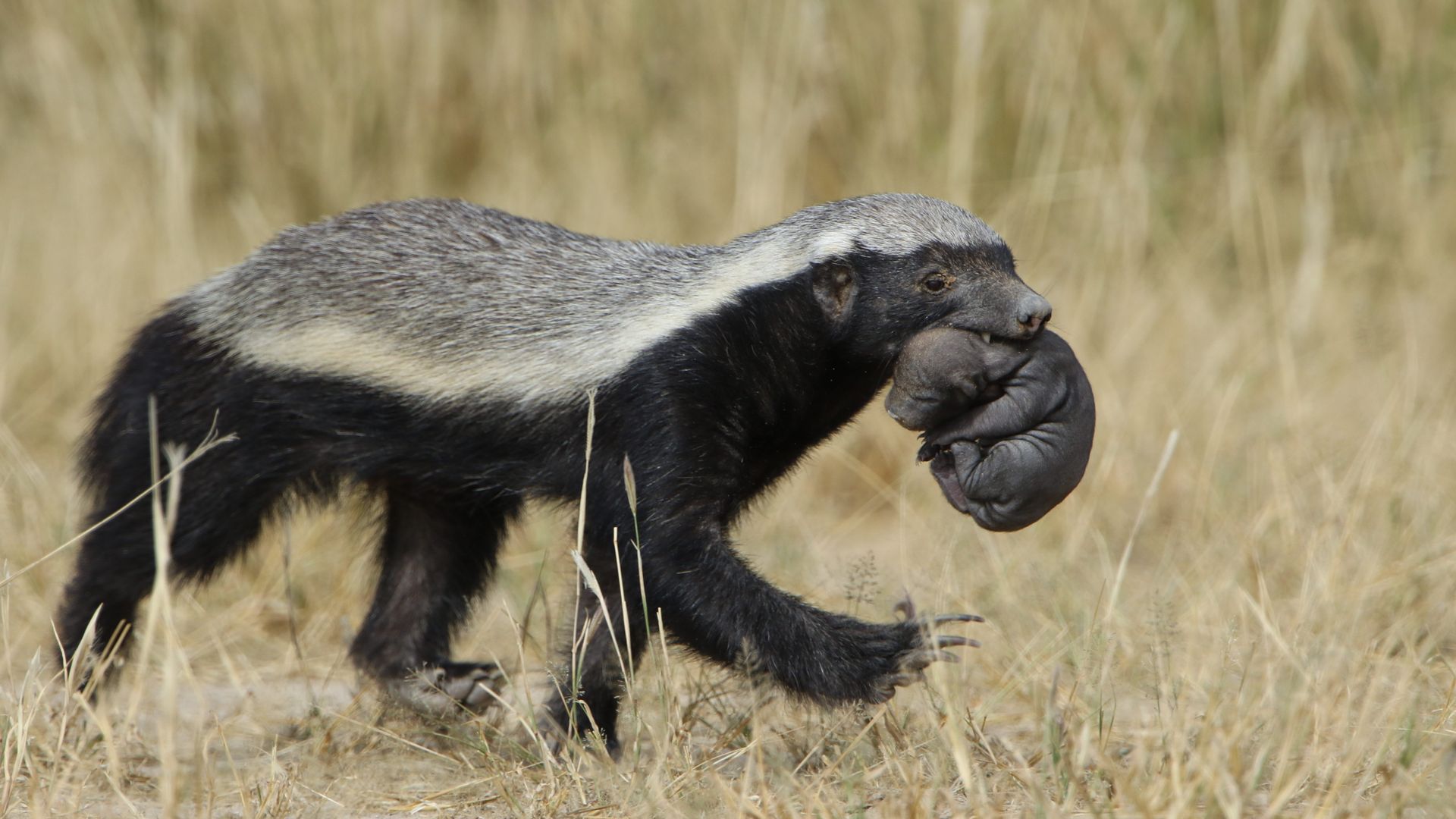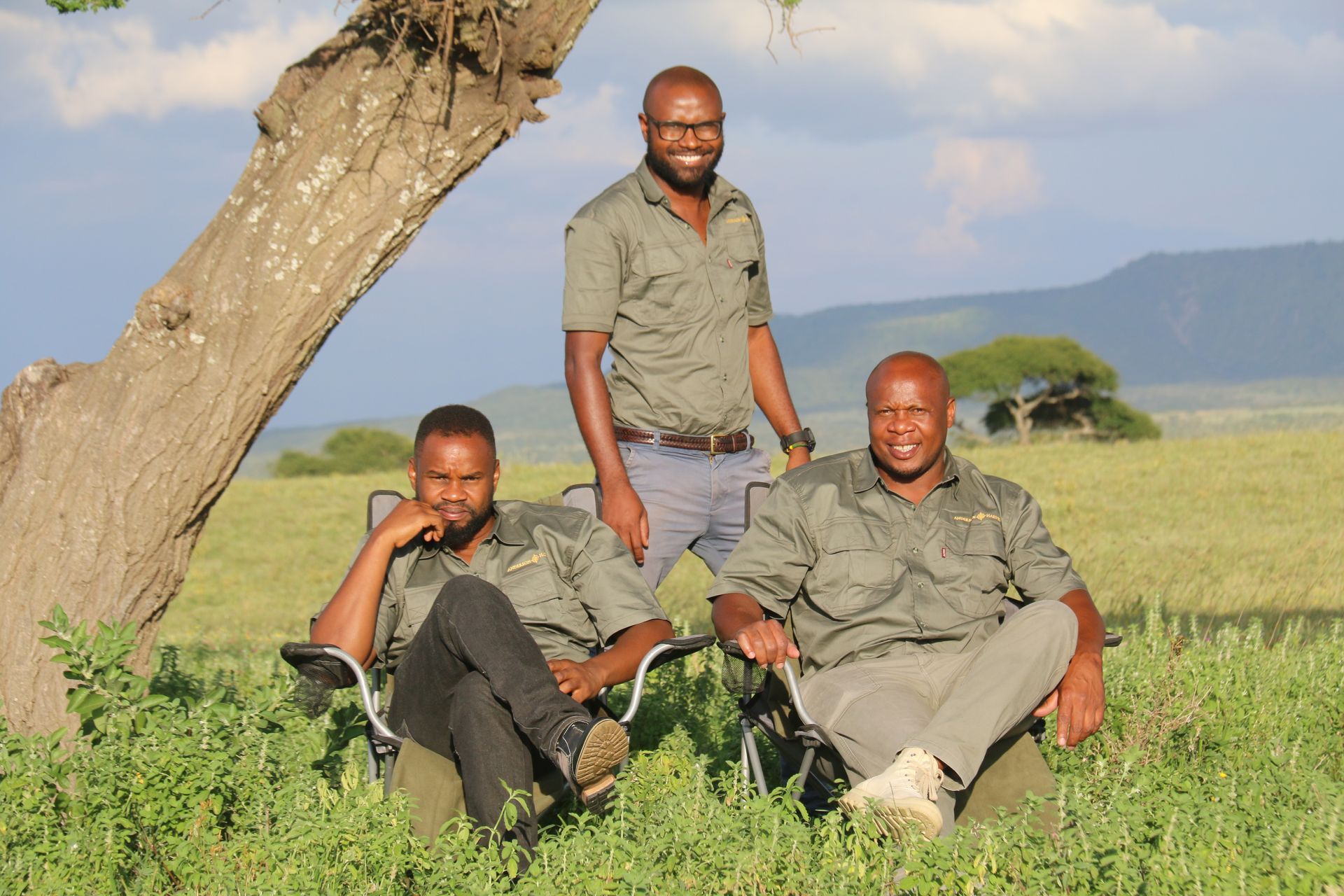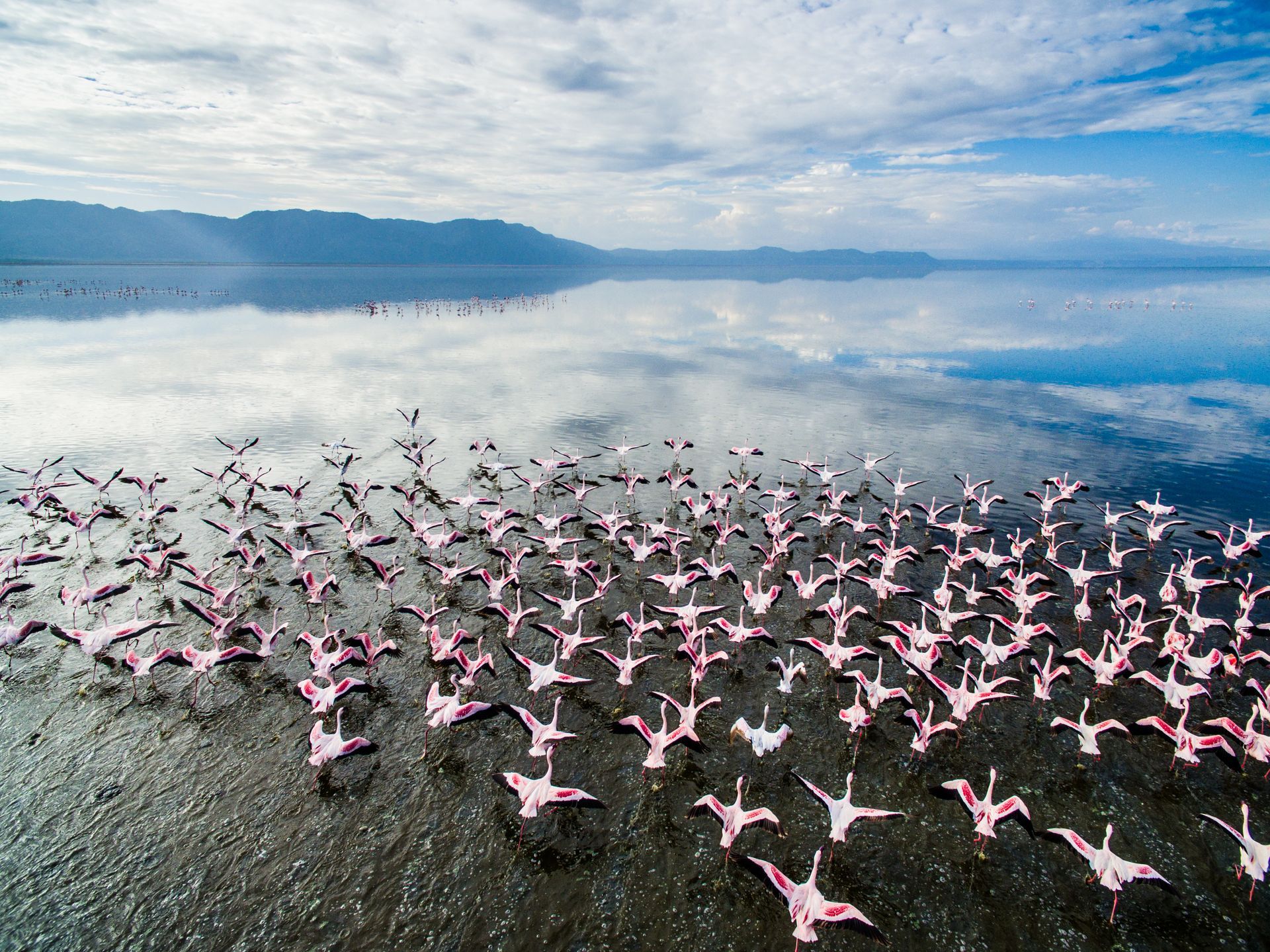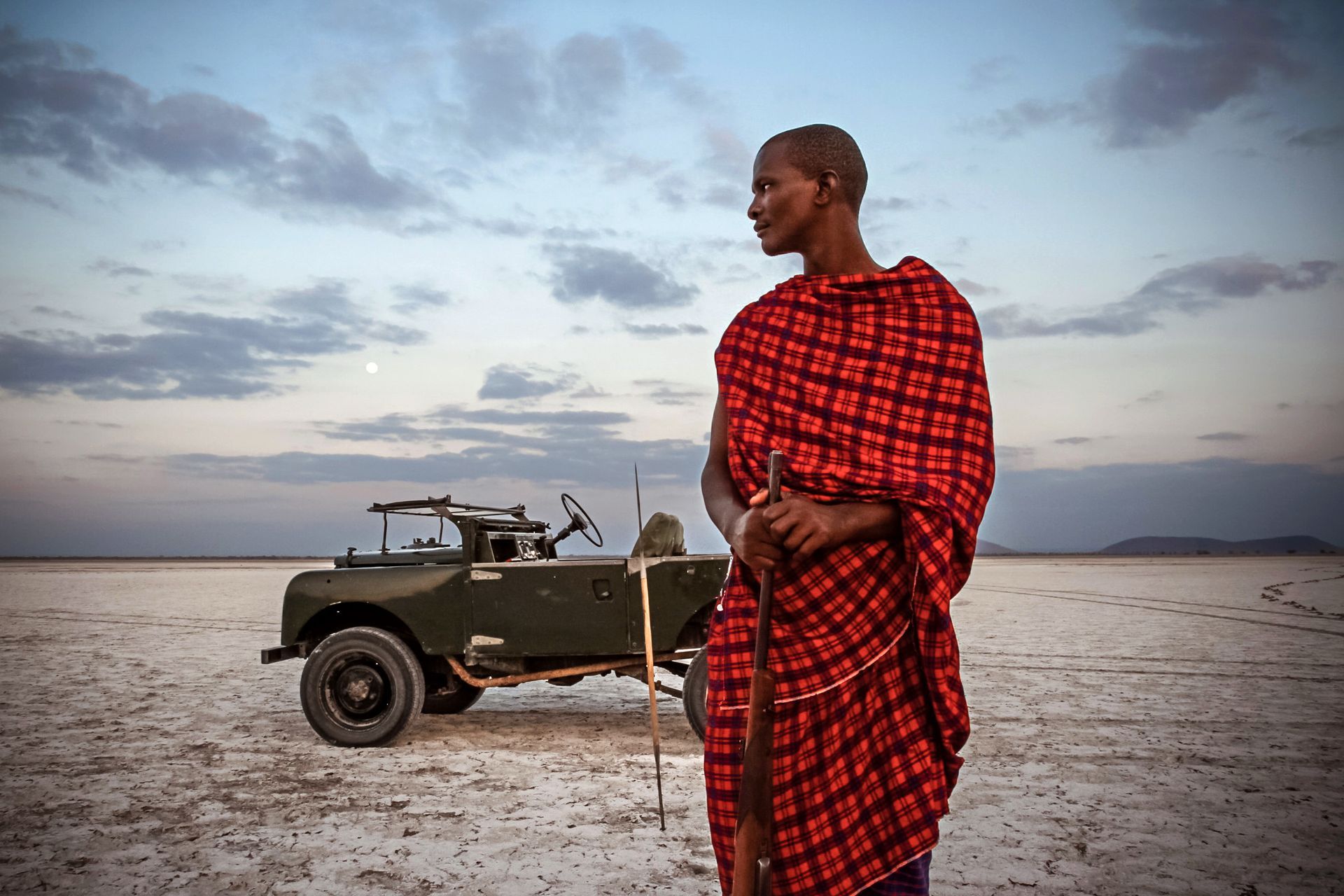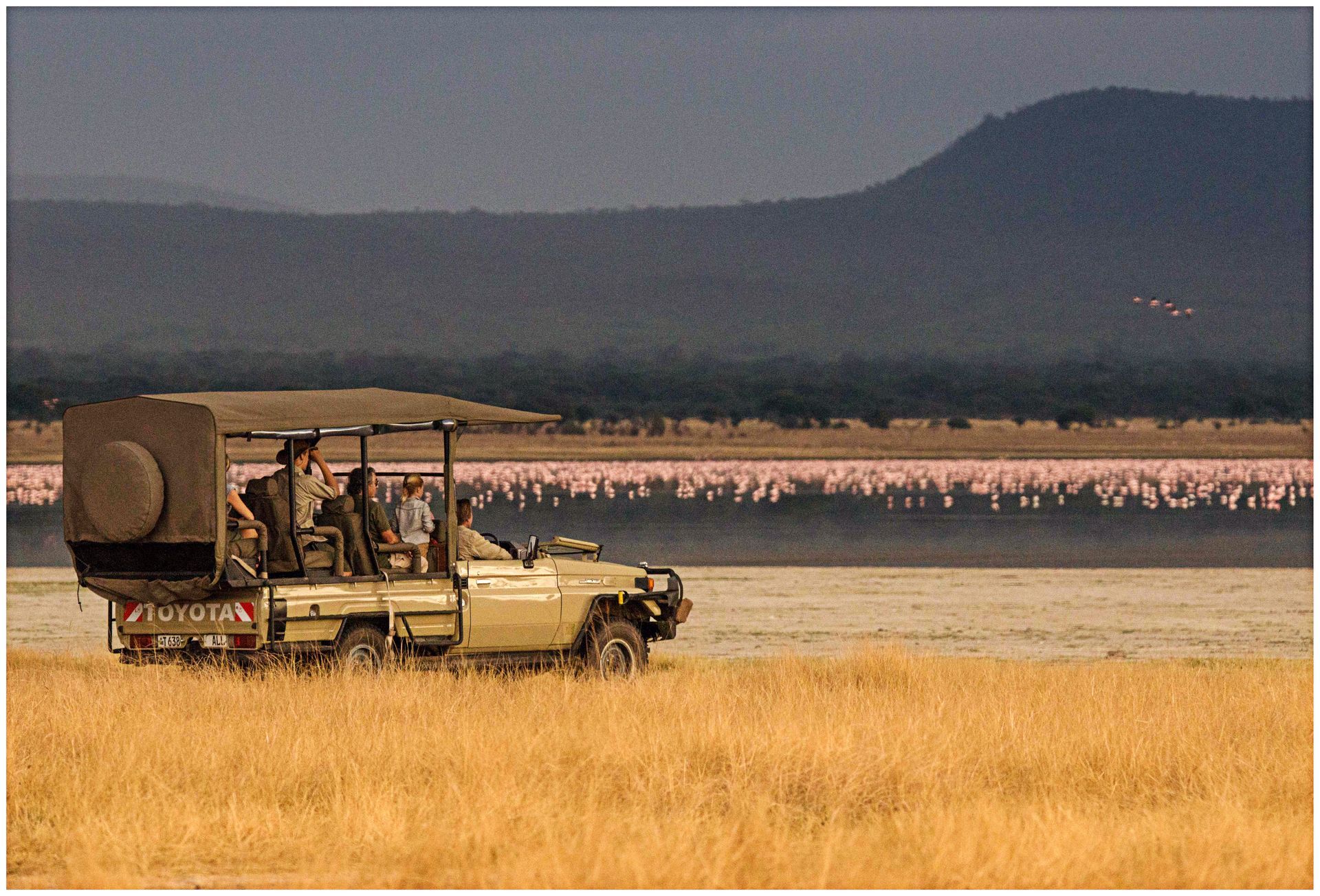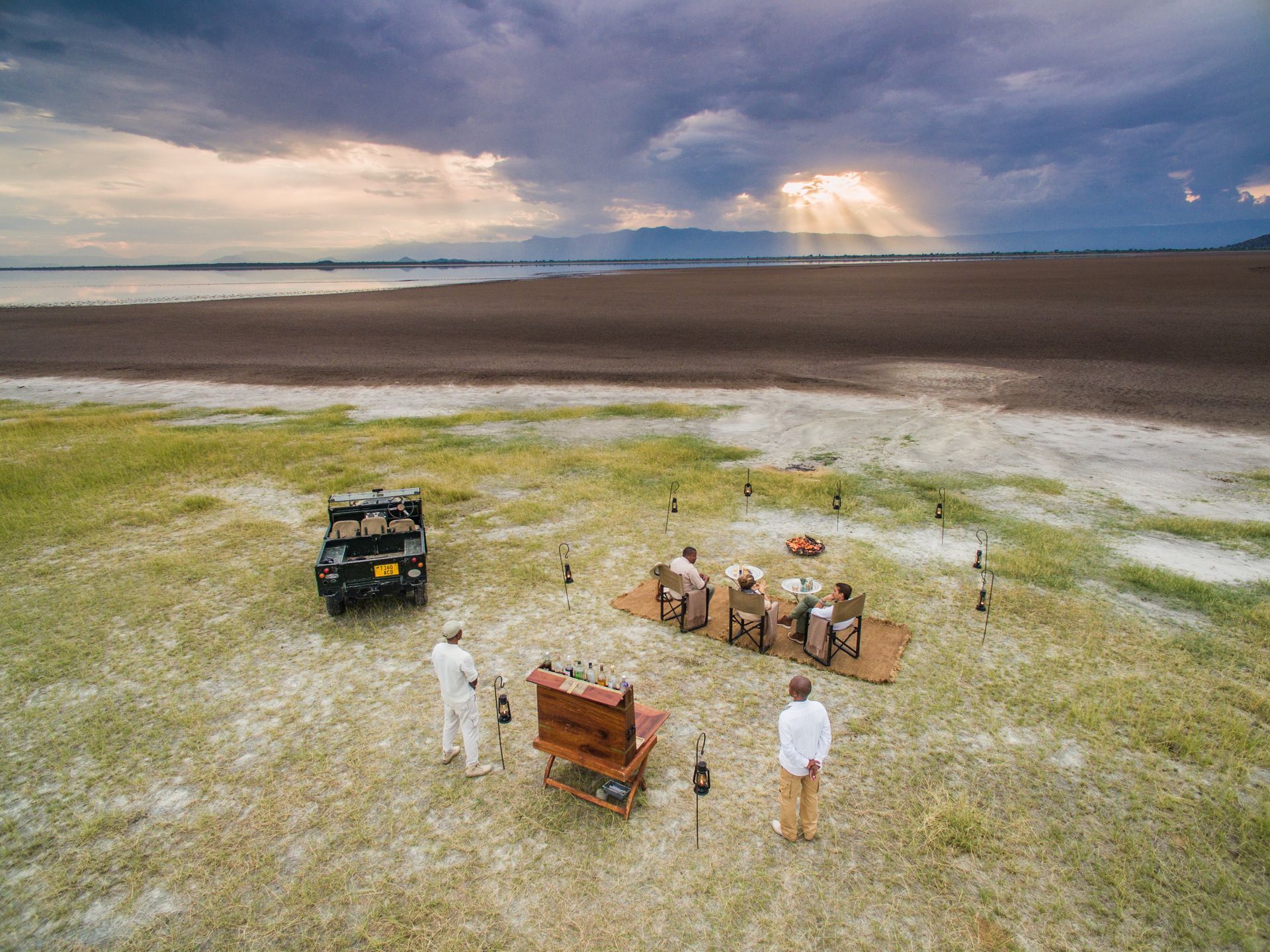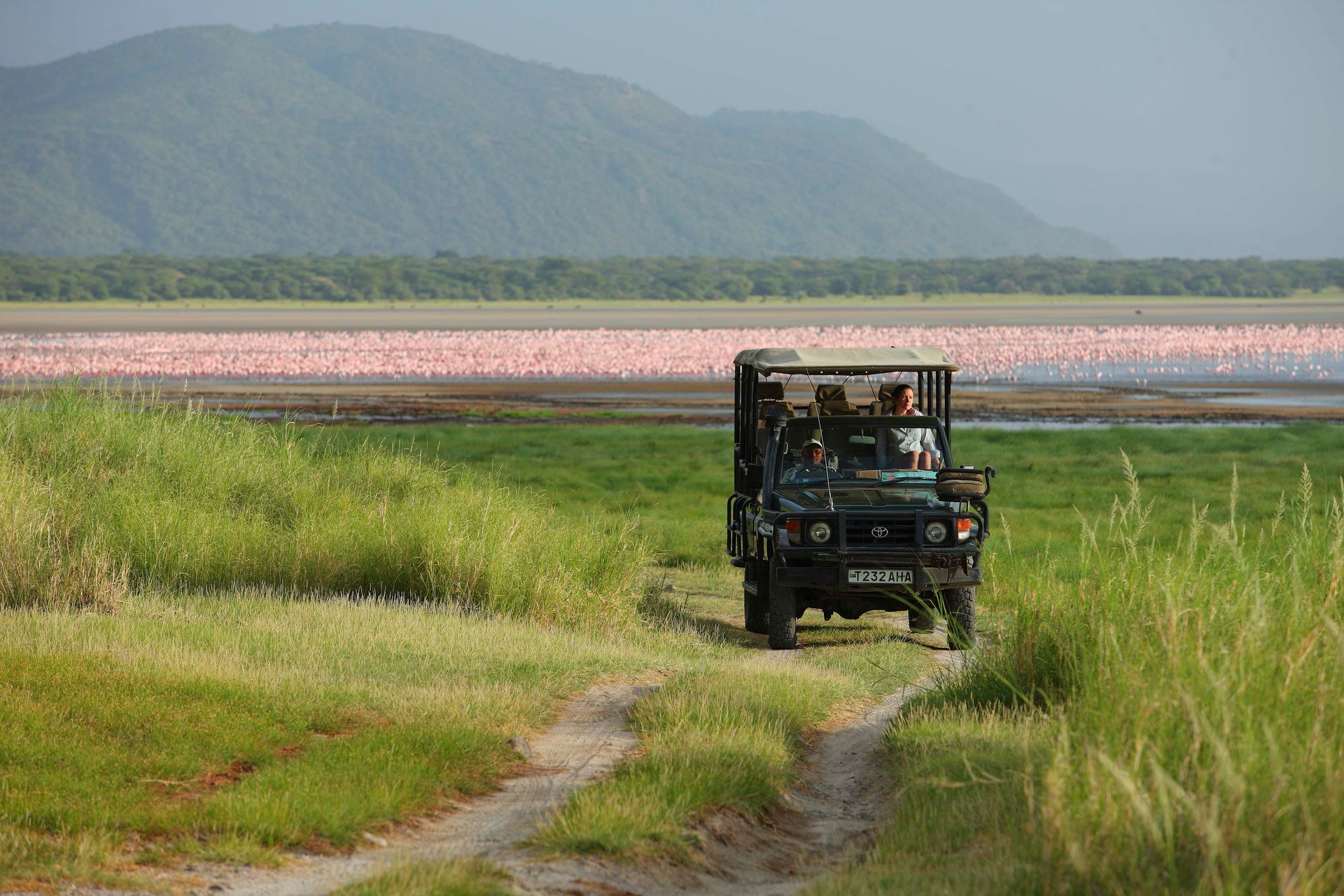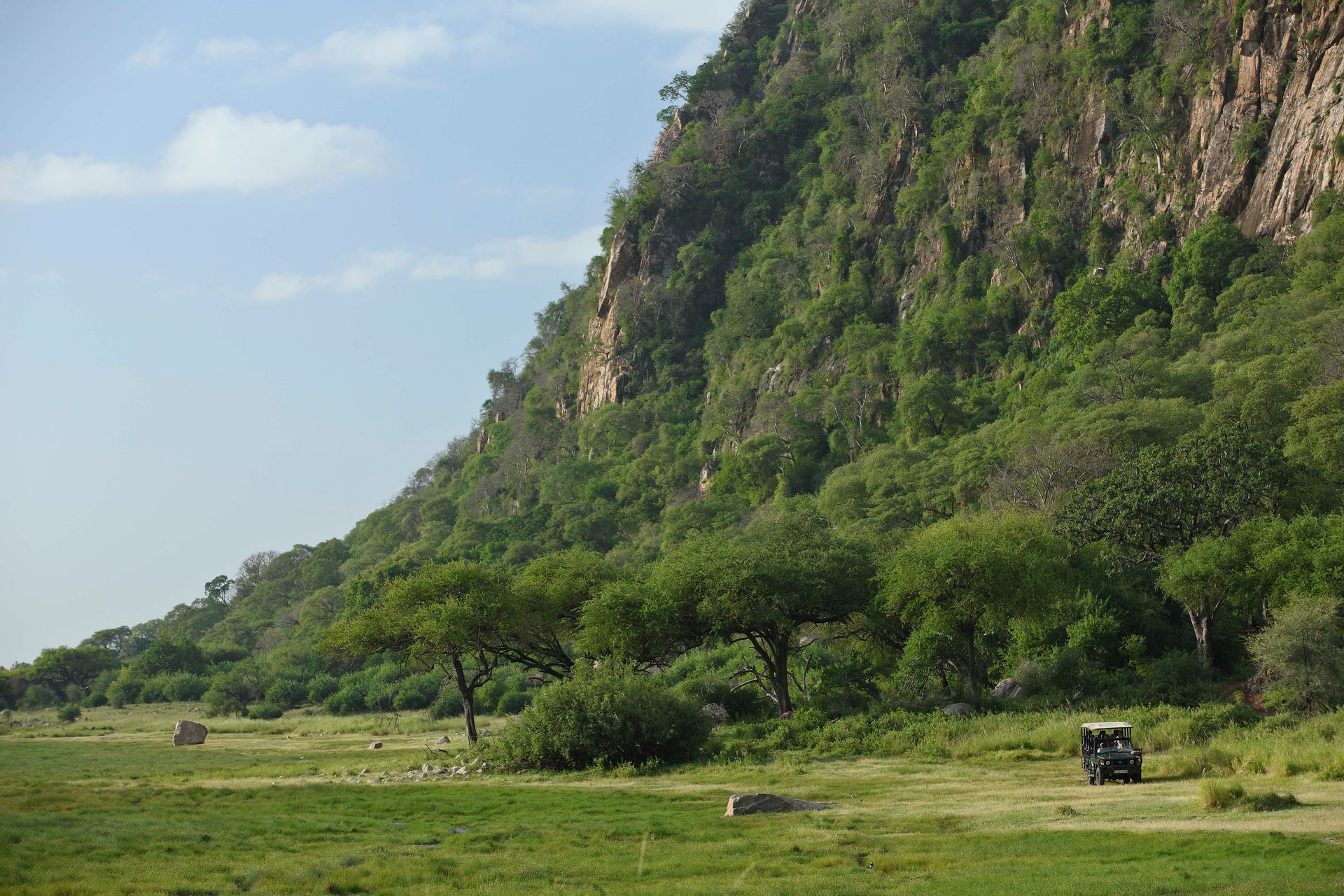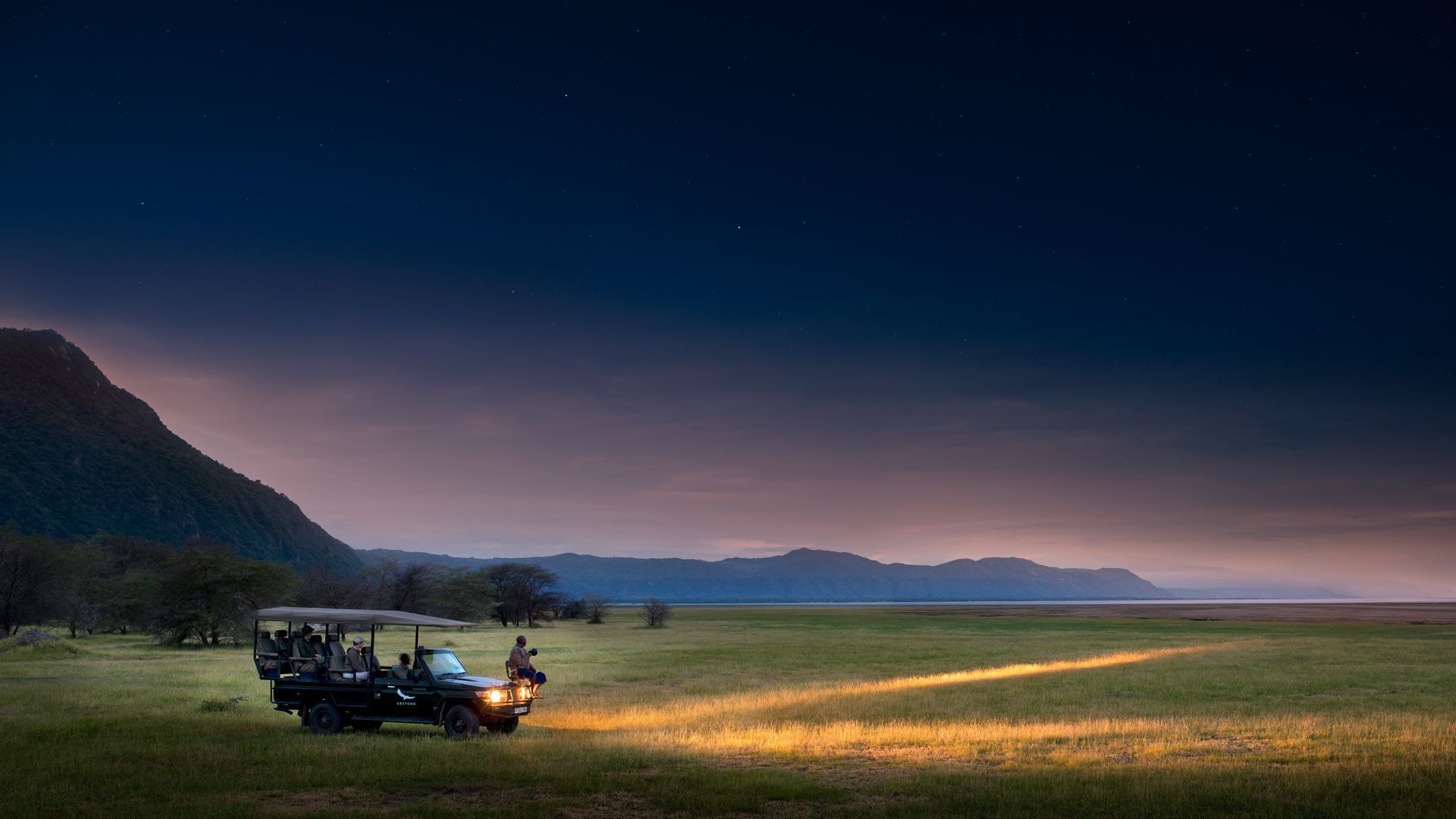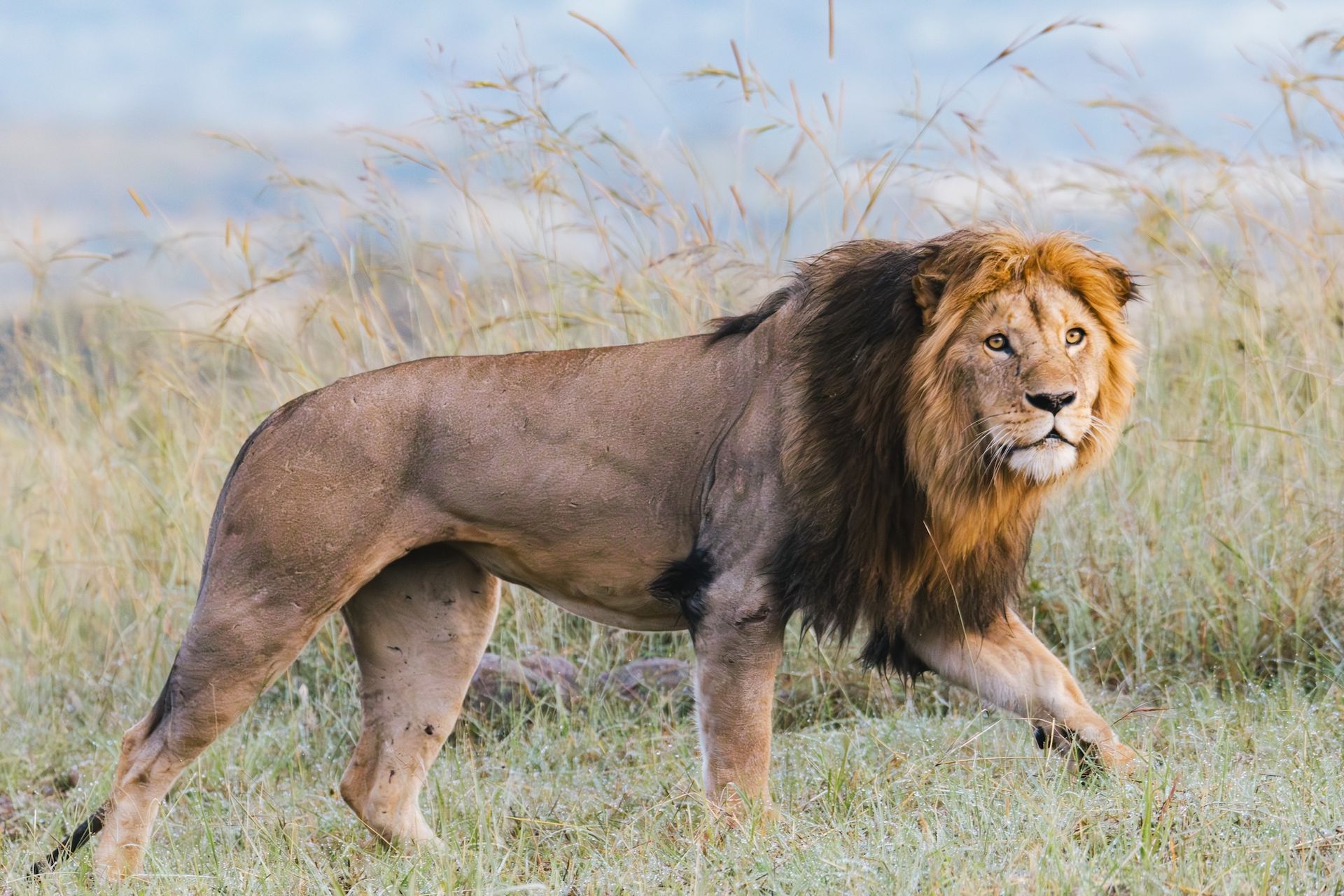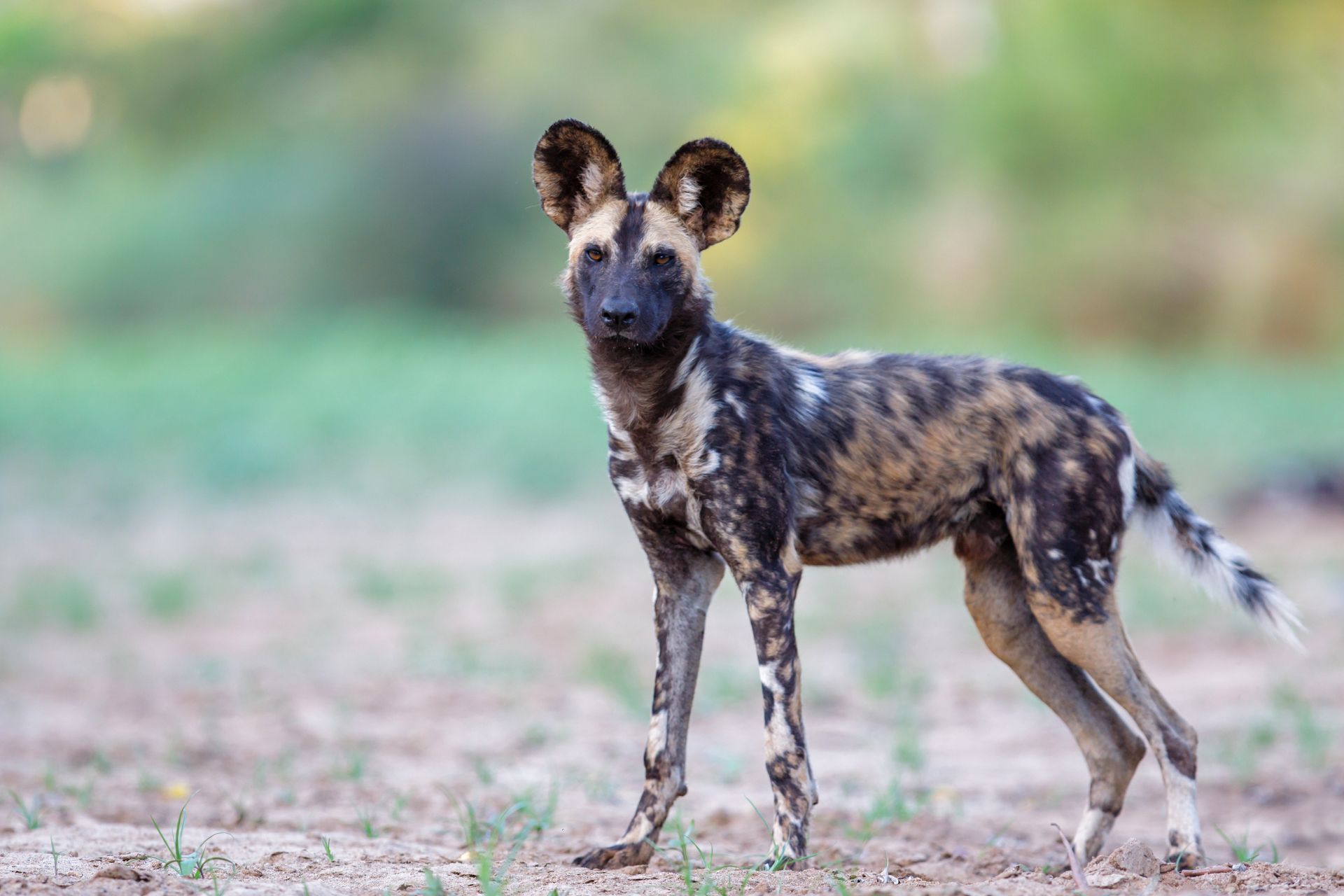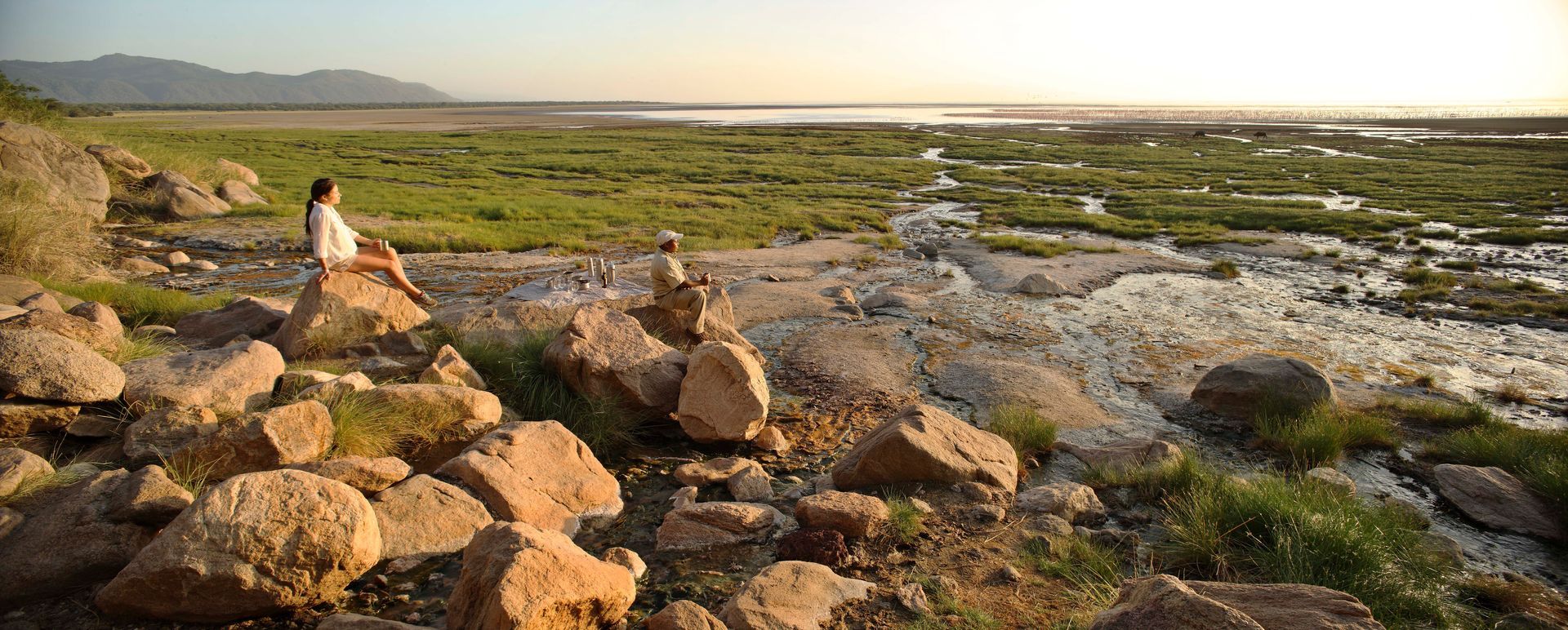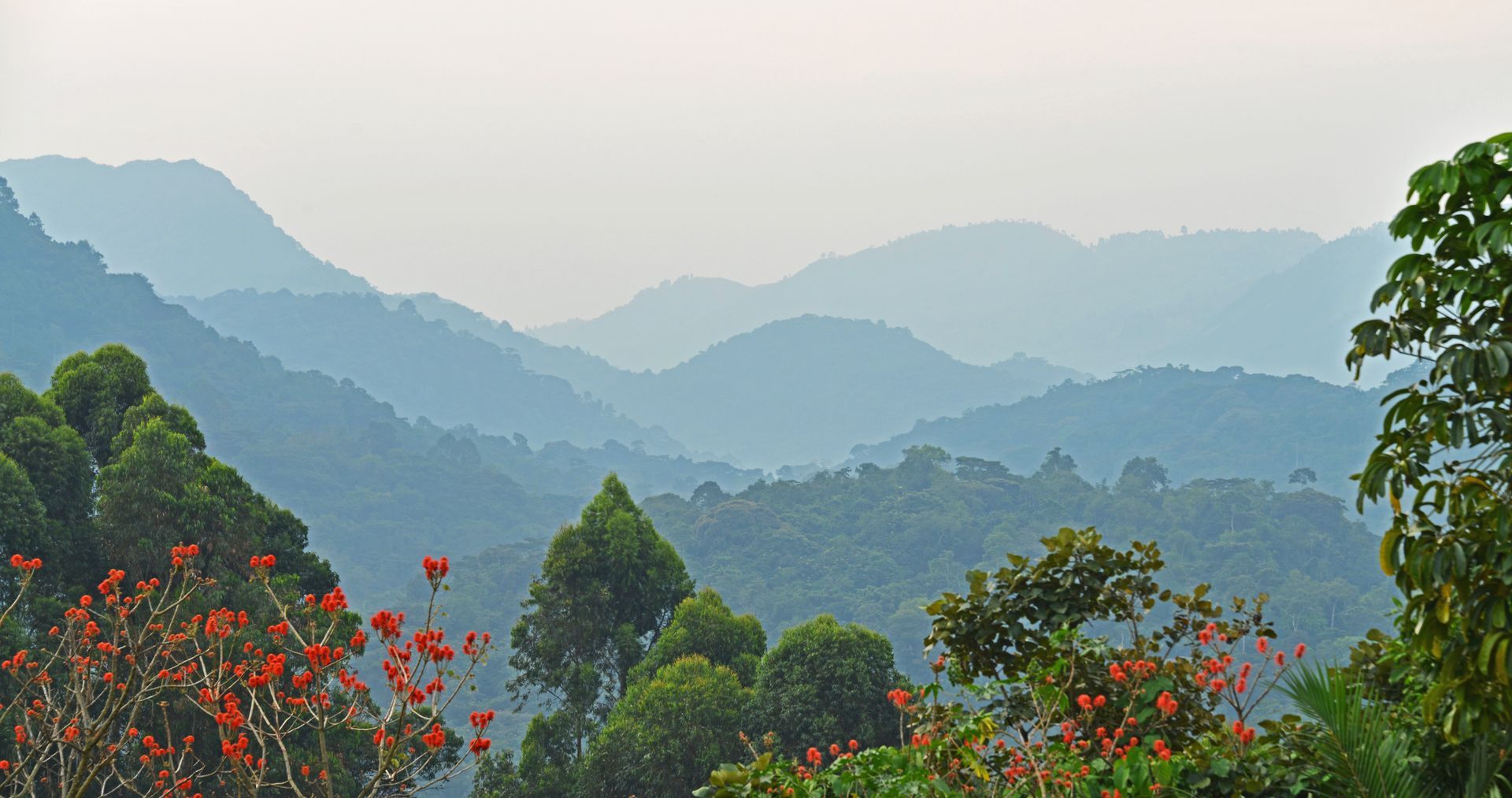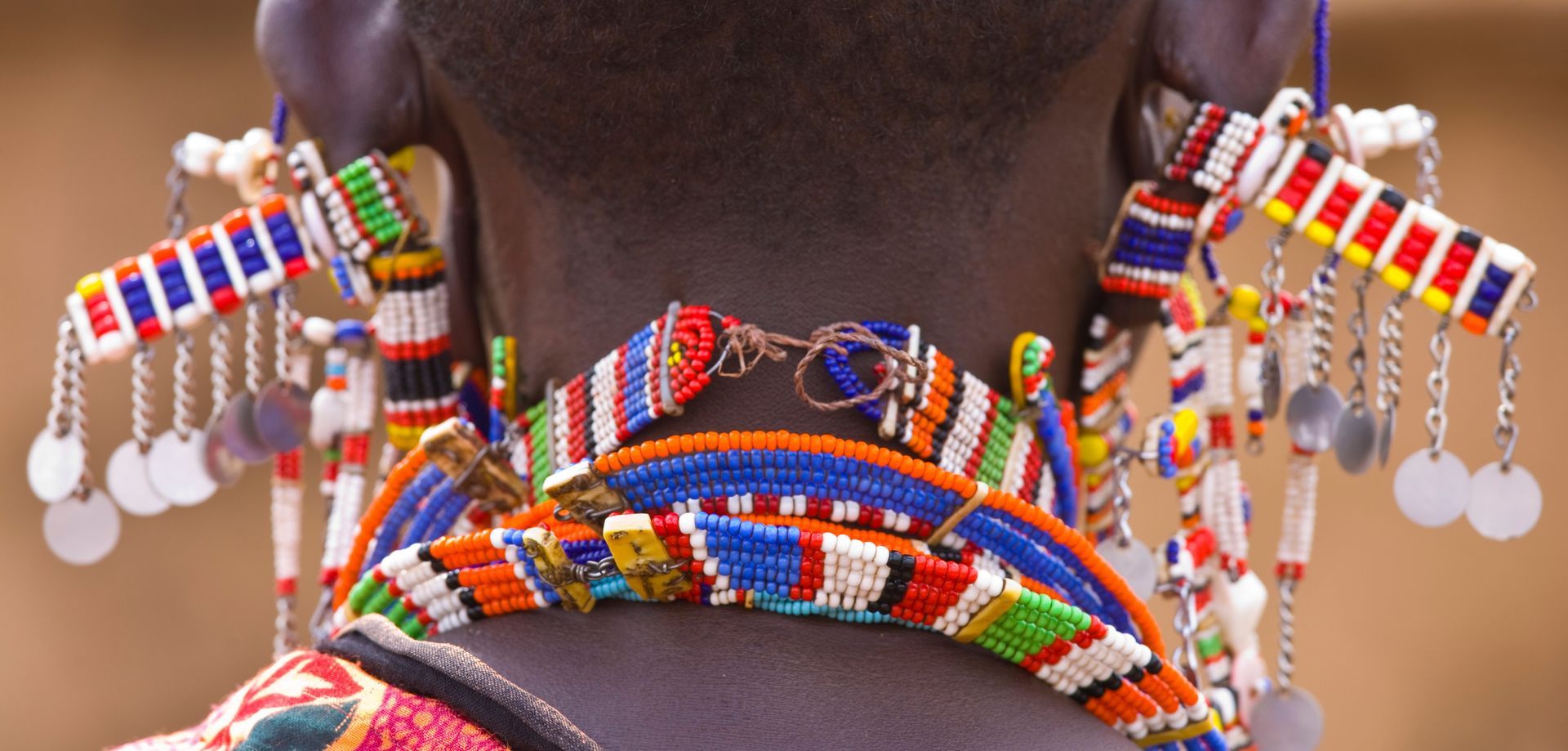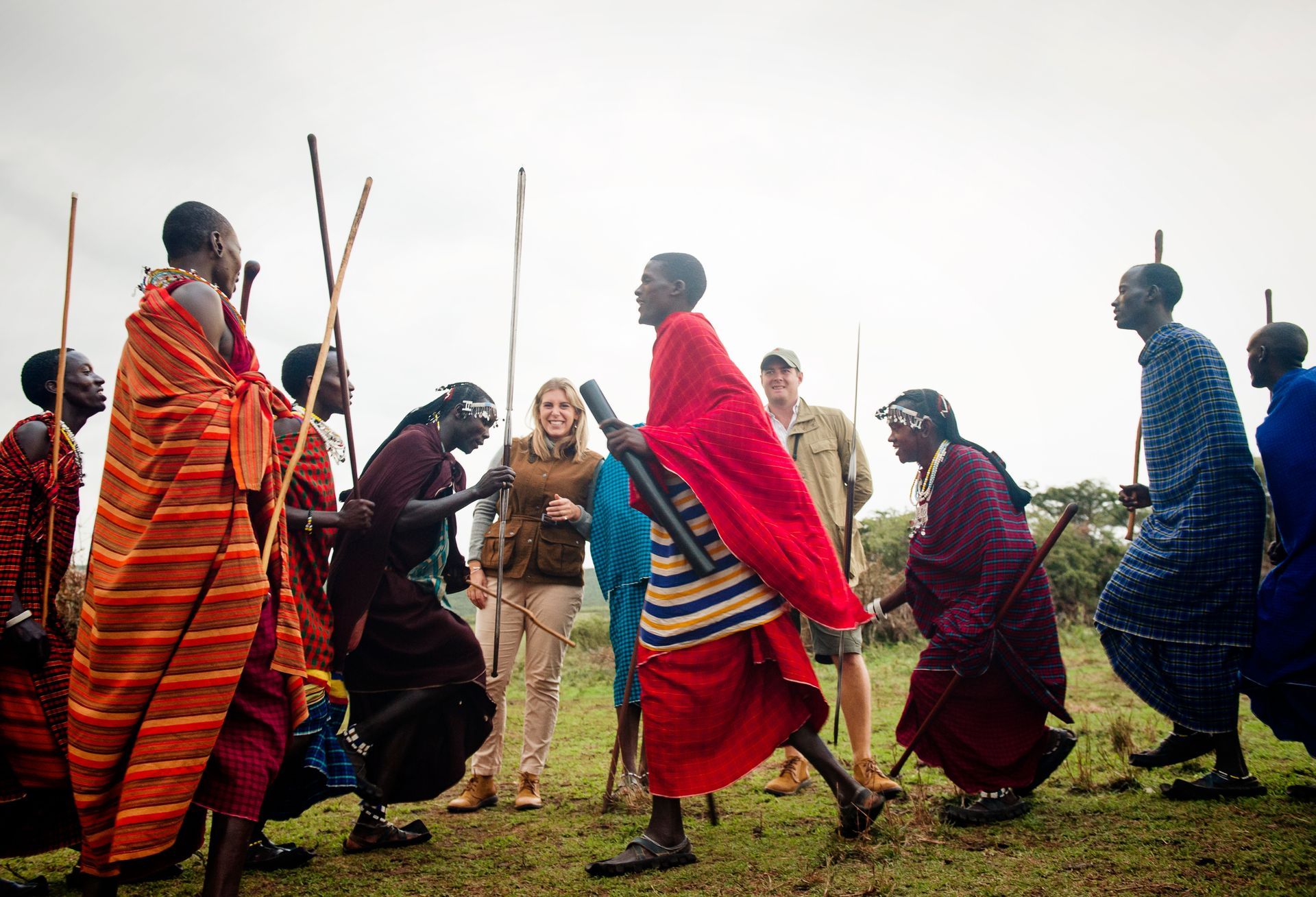Manyara - a northern circuit paradise
Discover the magic of a Lake Manyara safari with A&H
Lake Manyara plays a pivotal role in Tanzania's Greater Ngorongoro Conservation Area. With its unique ecosystem and strategic location, this striking soda lake draws attention from conservationists, biologists, and travellers alike, with its lush landscapes offering refuge to a diverse array of species. Part of the Great Rift Valley, Lake Manyara’s alkaline waters and surrounding habitats support a rich diversity of wildlife, making it a sought-after tourism destination. Let's find out more...
Stretching roughly 230 square kilometres and surrounded by the Lake Manyara National Park, the lake itself fluctuates in size with the seasons. During the dry season, its surface area shrinks, exposing wide mudflats, while the wet season sees it swell with rainfall and runoff from the surrounding escarpments. These fluctuations contribute to a rich mosaic of habitats, including groundwater forests, acacia woodlands, and open grasslands, each supporting distinct species and contributing to the overall biodiversity of the area.
The lake’s alkaline nature, common among East African soda lakes, results from high evaporation rates that leave behind concentrated mineral deposits, particularly sodium carbonate. This gives the water its distinctive, slightly caustic quality. However, the lake's brackish water doesn’t deter wildlife; in fact, it acts as a natural draw for certain species, creating a magnet for wildlife.
A haven for wildlife
The lake is renowned for its lesser flamingos. Its alkalinity encourages the growth of spirulina algae, the primary food source for the large flocks of these impressive birds that paint the waterline pink during the migration season. This phenomenon makes it an essential feeding ground in the East African flamingo circuit. Besides flamingos, Lake Manyara attracts a multitude of other bird species — more than 400 have been documented earning it a reputation as a birding paradise.
Lake Manyara National Park is also famous for its tree-climbing lions that spend hours lounging in the branches of acacia trees, escaping the heat of the day and annoyance of biting insects that inhabit the grasslands below. Other prominent residents include elephant, which often gather near the lake's shoreline to drink and bathe, alongside giraffe, buffalo, and troops of baboons which are some of the largest in Africa.
An important role
Lake Manyara serves as a vital link within the Greater Ngorongoro Conservation Area, a UNESCO World Heritage site that also includes the Ngorongoro Crater, the Serengeti plains, and Olduvai Gorge.
The Greater Ngorongoro region is known for its rich archaeological significance, and Lake Manyara plays a role here as well. Fossils and artefacts found near the lake contribute to understanding human evolution in the East African Rift Valley, offering insights into early hominid habitation and migration. Many scientists argue that the landscape surrounding Lake Manyara likely provided resources for early human populations, adding an anthropological layer to its significance.
The lake and its adjacent habitats form part of a corridor that enables wildlife movement across the northern Tanzanian landscape, a crucial factor for species survival as it helps prevent genetic isolation. Moreover, Lake Manyara’s wetlands act as a buffer, absorbing seasonal floods and regulating the water supply across the area, particularly to the Ngorongoro Highlands. This helps to sustain the broader ecosystem and maintain the groundwater levels that support vegetation and wildlife.
Safari experiences
Beyond its ecological importance, Lake Manyara captivates visitors with its striking scenery. From the dense, mist-covered groundwater forests near the park entrance to the expansive views of the lake against the towering Rift Valley escarpment, the landscape showcases East Africa’s dramatic natural beauty.
Guests can take part in a range of attractions and activities that showcase the area’s rich biodiversity and remarkable scenery from game drives through Lake Manyara National Park to birding and guided canoe safaris when water levels permit. These canoe excursions offer a unique perspective, gliding along the water’s surface to observe wildlife from a close yet safe distance. Canoe safaris provide an intimate experience with the natural surroundings, allowing a close view of aquatic birds, hippos, and even elephants gathering by the shore.
Additionally, walking safaris are available, allowing guests to explore the park’s lush terrain on foot, discovering interesting plants, animal tracks, and smaller wildlife that might go unnoticed during a drive. These walks create a deeper connection to the landscape and encourage an appreciation of the area’s plant life and smaller creatures, including insects and reptiles.
Absolute musts...
For travellers interested in the park’s dramatic landscapes, the Maji Moto Hot Springs are a must-see feature. This geothermal spring, whose name translates to "hot water" in Swahili, lies near the edge of the park and offers visitors a chance to soak in naturally warm, mineral-rich waters. Surrounded by scenic vegetation and views of the Rift Valley escarpment, it provides a relaxing break from safari activities.
Cultural tours to nearby Maasai villages offer an opportunity to learn more about the traditional lifestyles of one of East Africa's best-known ethnic groups. Visitors can engage with Maasai artisans, witness traditional dances, and gain insights into the Maasai’s knowledge of the local landscape, including their sustainable pastoral practices and their connection to the land.
For a unique vantage point, Lake Manyara also features the Manyara Treetop Walkway in the lush forests on the lake's edge. Stretching for around 370 metres at an elevation of up to 18m, this canopy walk consists of a series of suspended bridges that wind through the treetops, offering panoramic views over the forest and an unusual perspective on the surrounding landscapes. This activity not only provides a unique experience but also allows visitors to spot monkeys, birds, and butterflies that inhabit the canopy.
A photographic paradise
Photographers find Lake Manyara especially rewarding, as the landscape's contrasts create ideal lighting conditions for wildlife and landscape photography. From sunrise over the lake to the Rift Valley's towering cliffs bathed in evening light, the scenery is particularly dramatic, providing exceptional backdrops for capturing Tanzania’s natural beauty.
Of course, thanks to its location, it's easy to include Lake Manyara in northern circuit safari that includes the nearby Serengeti National Park and Ngorongoro Crater. The park's relatively compact size means it can be explored in a single day, making it an accessible choice for travellers on a shorter schedule or those starting or ending a longer safari in the region.
Talk to us about including Lake Manyara in your next Tanzania itinerary.
